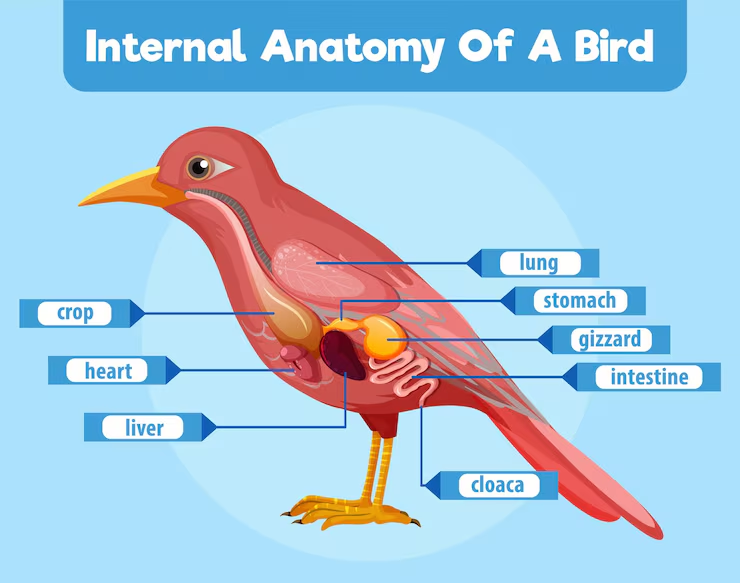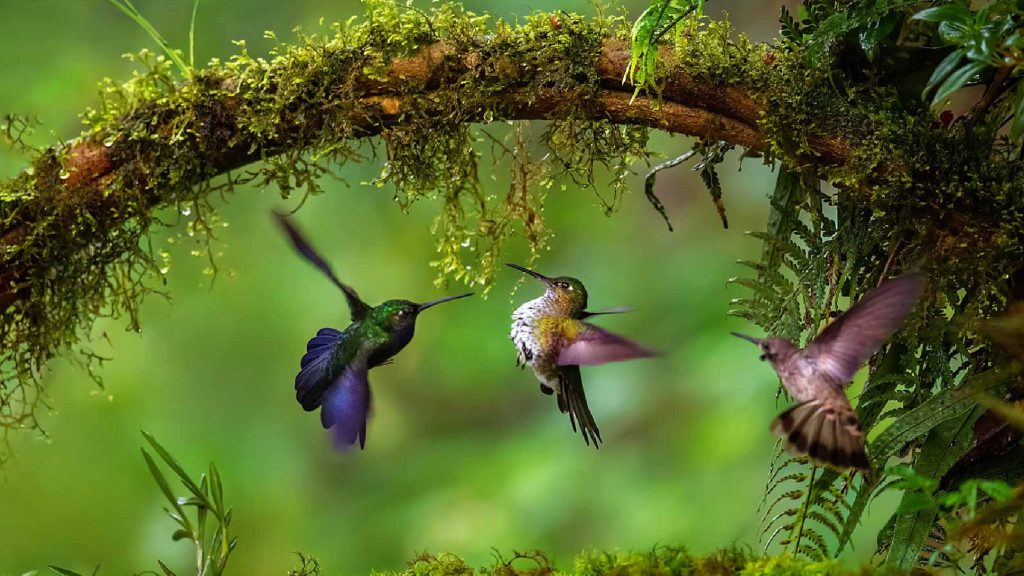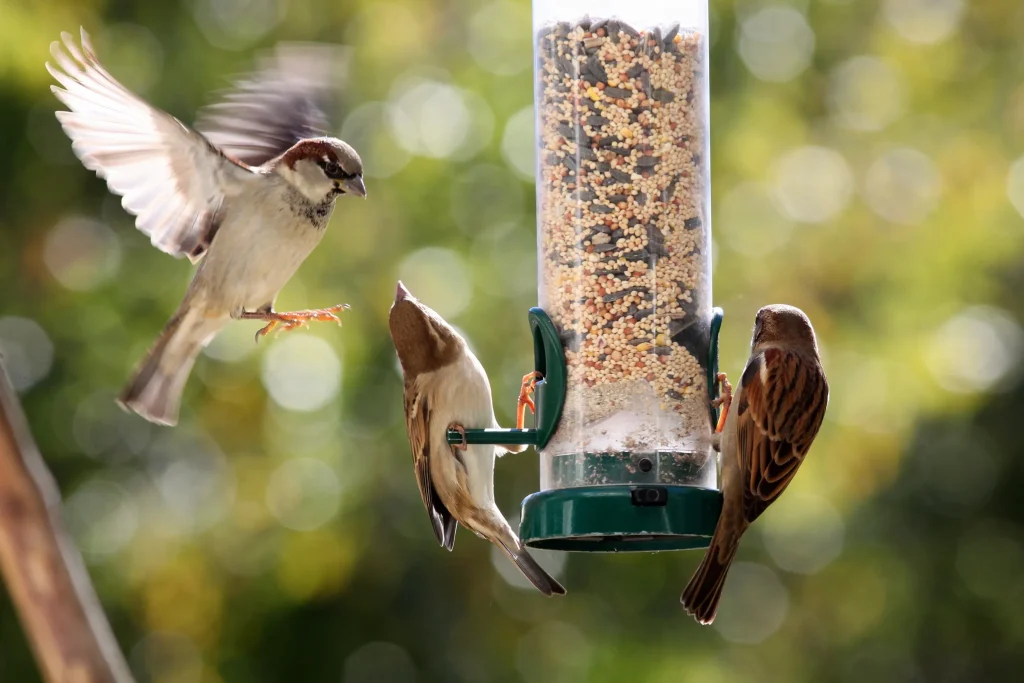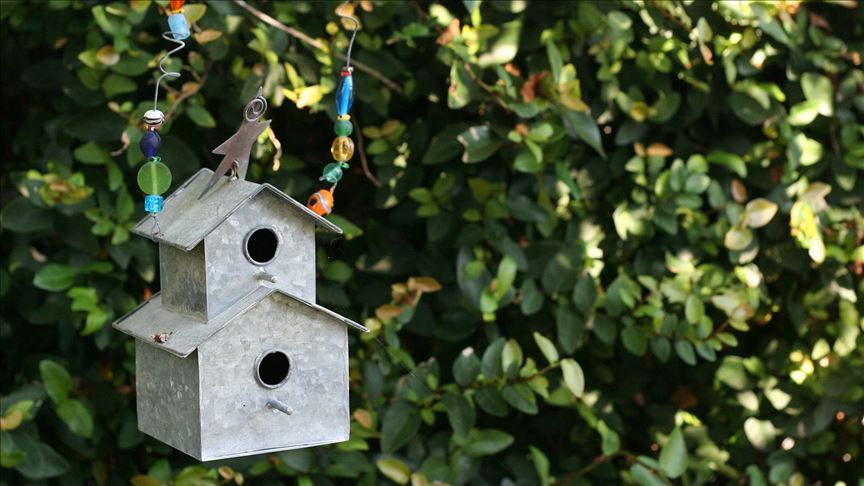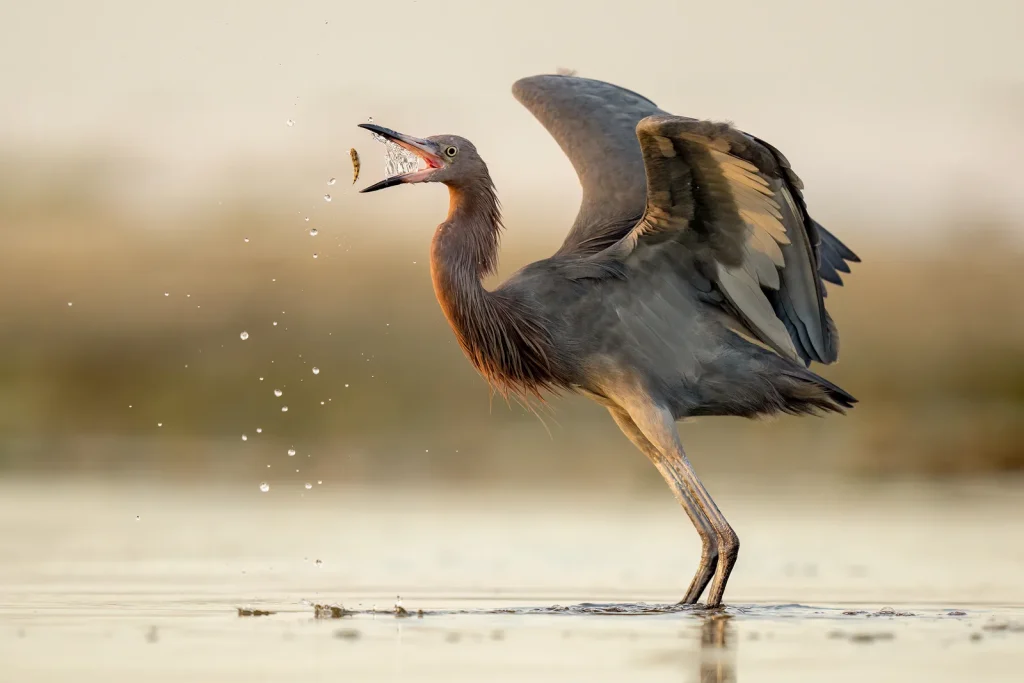Finding an injured bird can be upsetting, and you might wonder what to do next. Your quick and calm actions can make a big difference in saving that bird’s life.
This guide will show you simple, effective steps to help treat an injured bird safely. Whether you’ve never helped a bird before or want to be better prepared, you’ll learn exactly what to do—and what to avoid. Keep reading to discover how you can be the bird’s hero when it needs you most.
Assess The Bird’s Condition
When you find an injured bird, the first thing is to check how hurt it is. Careful assessment helps you decide what to do next.
Look closely at the bird to see if it has any obvious wounds or signs of pain. Then check if it is breathing and reacting to you.
Look For Visible Injuries
Look for cuts, bleeding, or broken wings. Also check if the bird’s feathers are missing or if it has swelling anywhere.
- Check the head for wounds or swelling
- Look at the wings for broken bones or drooping
- Inspect the legs for cuts or inability to stand
- Notice any bleeding or fluid from the eyes or beak
Check Breathing And Responsiveness
Watch the bird’s chest to see if it rises and falls smoothly. Touch it gently to see if it reacts or moves.
| Sign | What It Means |
| Slow or no breathing | Bird is in serious danger |
| Weak or no response | Bird may be unconscious or very weak |
| Normal breathing and alert | Bird is stable but still needs care |

Credit: awesomewildlifeco.co.uk
Prepare A Safe Space
Creating a safe space is important when you help an injured bird. It keeps the bird calm and stops more harm.
The right place and container make a big difference. They protect the bird from stress and danger.
Choose A Quiet Area
Pick a calm and quiet spot away from noise and pets. Loud sounds can scare the bird.
Make sure the area is warm and safe. Avoid places with strong wind or bright light.
Use A Suitable Container
Use a box or cage that fits the bird without crowding it. The container should have air holes for breathing.
Line the bottom with soft cloth or paper towels to keep the bird comfortable and prevent slipping.
Handle The Bird Carefully
Injured birds need gentle and careful handling. Rough actions can cause more harm.
Always stay calm and move slowly to avoid stressing the bird further.
Wear Protective Gloves
Wear thick gloves to protect your hands from bites and scratches. Birds may feel scared and try to defend themselves.
Gloves also keep you safe from germs and diseases the bird might carry.
Support The Bird’s Body
Hold the bird gently but firmly. Support its chest and feet with both hands.
Make sure the bird can breathe easily. Do not squeeze or press its wings tightly.
- Place one hand under the bird’s body
- Use the other hand to steady its head and wings
- Keep the bird close to your body for support

Credit: www.youtube.com
Provide Immediate Care
When you find an injured bird, quick action can save its life. Immediate care helps reduce pain and prevent further harm.
Focus on stopping bleeding and keeping the bird warm. These steps stabilize the bird before professional help arrives.
Stop Bleeding
Control bleeding to prevent the bird from losing too much blood. Use gentle pressure and keep the bird calm during this process.
- Use a clean cloth or gauze pad to press on the wound.
- Hold steady pressure for several minutes without lifting.
- If bleeding continues, add more cloths on top without removing the first.
- Avoid using tourniquets as they can cause more damage.
- Keep the bird’s head lower than its body to reduce blood flow.
Keep The Bird Warm
Injured birds can quickly lose body heat. Keeping them warm supports their recovery and prevents shock.
| Method | Description |
| Use a soft towel | Wrap the bird gently to keep heat in without squeezing. |
| Place in a box | Keep the bird in a small box lined with soft cloths for comfort. |
| Provide warmth source | Use a warm water bottle wrapped in cloth nearby, not directly on the bird. |
| Keep away from drafts | Find a quiet, draft-free area to reduce stress and heat loss. |
Offer Food And Water
Feeding and hydrating an injured bird is important for its recovery. Choose the right food and water to keep the bird safe and healthy.
Always handle the bird gently and keep its environment calm while offering food and water.
Select Appropriate Food
Different birds eat different foods. Give the injured bird food that matches its natural diet. Avoid foods that can harm it.
- Offer small seeds like millet or sunflower seeds for seed-eating birds.
- Provide soft fruits like banana or apple pieces for fruit-eating birds.
- Use soaked dog or cat kibble for carnivorous or omnivorous birds, finely chopped.
- Do not feed bread, dairy, or processed human food.
- Give small portions to avoid choking or overeating.
Provide Fresh Water Safely
Water is vital but it must be given carefully to avoid stress or drowning. Keep water clean and easy to reach.
| Water Source | How to Provide |
| Shallow Dish | Use a small, shallow dish to prevent drowning. Change water daily. |
| Dropper or Syringe | Gently drip water near the bird’s beak if it cannot drink alone. |
| Moist Foods | Offer watery fruits or soaked seeds for extra hydration. |
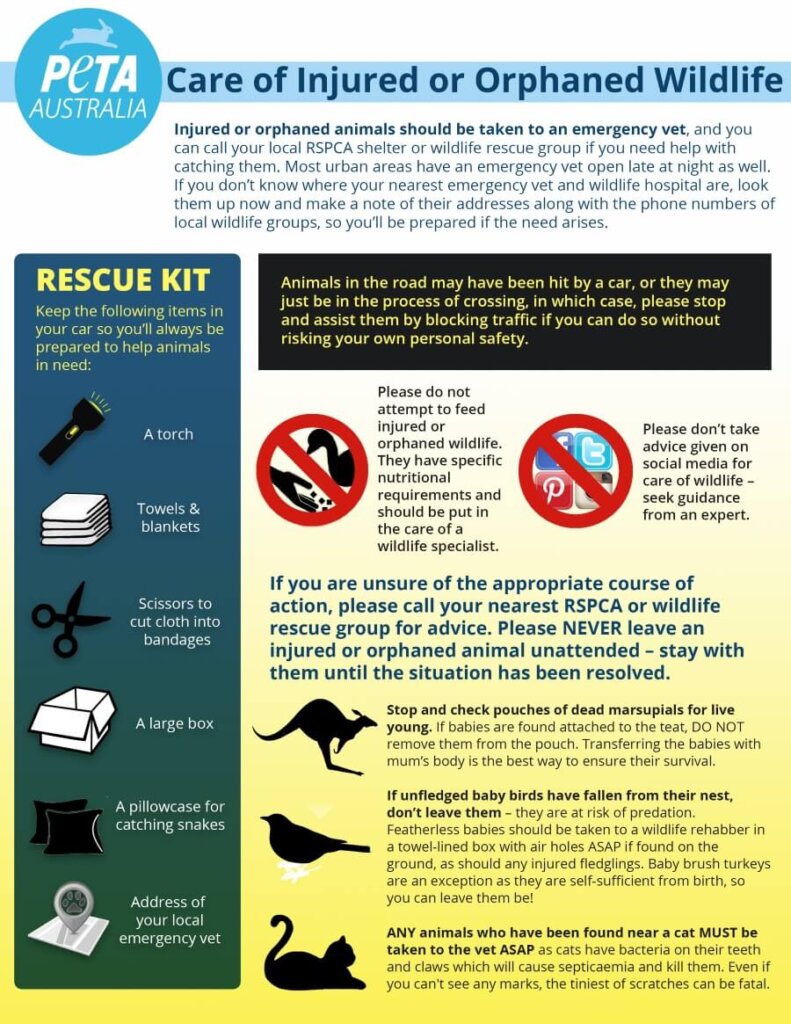
Credit: www.peta.org.au
Contact A Wildlife Expert
Finding an injured bird can be upsetting. It is important to get help fast. Wildlife experts know how to care for wild birds properly.
Do not try to treat the bird on your own. Contact a professional who has experience with wildlife. They will give the best care and advice.
Find Local Rehabilitation Centers
Look for wildlife rehabilitation centers near you. These centers have trained staff and proper facilities. They help injured birds recover safely.
You can ask animal shelters, veterinarians, or local animal control for recommendations. Many centers have websites or hotlines for emergencies.
Follow Professional Advice
Listen carefully to the instructions from wildlife experts. They know the best way to handle and care for the bird. Following advice helps the bird heal faster.
Avoid feeding or giving water unless told. Do not try to clean or wrap the bird yourself. Let the professionals guide your actions for the bird’s safety.
Monitor Recovery Progress
Watching an injured bird carefully helps you understand how well it is healing.
Pay close attention to small changes in its actions and health every day.
Observe Behavior Changes
Look for changes in how the bird moves and acts. Notice if it eats more or less than before.
- Check if the bird can stand or fly better.
- Watch if it is more active or calm than usual.
- See if the bird shows signs of pain or discomfort.
- Notice if it interacts with you or other birds differently.
Recognize Signs Of Improvement Or Decline
Knowing when the bird is getting better or worse helps decide the next steps for care.
| Sign | Improvement | Decline |
| Appetite | Eating regularly | Refusing food |
| Movement | Moving with less pain | Becoming weaker |
| Feather Condition | Feathers becoming clean and smooth | Feathers ruffled or falling out |
| Alertness | Responding to sounds and light | Unresponsive or very sleepy |
Release The Bird Back To Nature
After helping an injured bird recover, it is important to return it safely to the wild. Releasing the bird too early or in the wrong place can harm its chances of survival.
Follow careful steps to make sure the bird can live well on its own again. This helps protect the bird and the environment.
Choose The Right Time
Do not release the bird until it is fully healthy and strong. Look for signs like flying well and eating on its own.
Pick a calm time of day for release. Early morning or late afternoon works best because predators are less active.
- Release only when the bird can fly and feed itself
- Choose early morning or late afternoon for safety
- Avoid bad weather or windy days
Ensure Safe Release Location
Pick a place where the bird can find food and shelter easily. Avoid busy roads, places with many predators, or areas with little cover.
Look for natural spots like forests, parks, or fields. Make sure the area is quiet and safe for the bird to live freely.
- Choose areas with plenty of food and water
- Avoid places with heavy traffic or predators
- Pick quiet and natural environments
Frequently Asked Questions
How To Recognize If A Bird Is Injured?
Look for signs like bleeding, inability to fly, limping, or unusual behavior. Injured birds may appear lethargic or have visible wounds.
What Immediate Steps To Take For An Injured Bird?
Gently place the bird in a quiet, warm, and dark container. Avoid handling the bird excessively to reduce stress and prevent further injury.
When Should I Contact A Wildlife Rehabilitator?
Contact a rehabilitator immediately if the bird has severe injuries, bleeding, broken wings, or cannot eat or fly. Professional care is crucial.
Can I Give Food Or Water To An Injured Bird?
Only offer water if the bird is alert and calm. Avoid feeding unless advised by a professional to prevent choking or harm.
Conclusion
Caring for an injured bird takes patience and gentle hands. Act quickly but stay calm to avoid stressing the bird. Provide a safe, quiet place for rest and healing. Offer clean water and food suited to the bird’s needs. Seek help from a wildlife expert or vet as soon as possible.
Small steps can make a big difference in recovery. Remember, kindness and care help injured birds heal faster. Keep learning and stay ready to help when needed. Every effort counts in saving a bird’s life.

